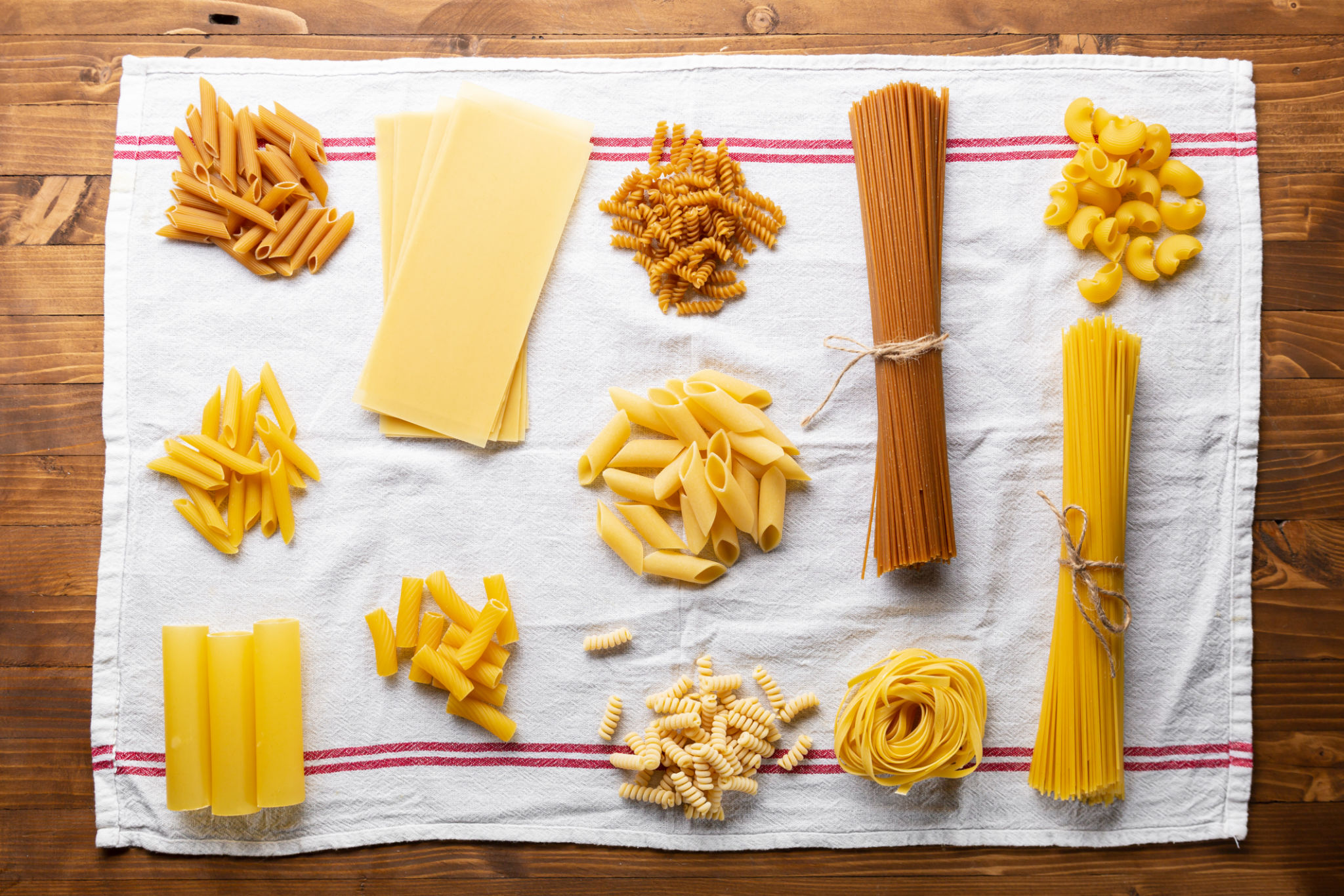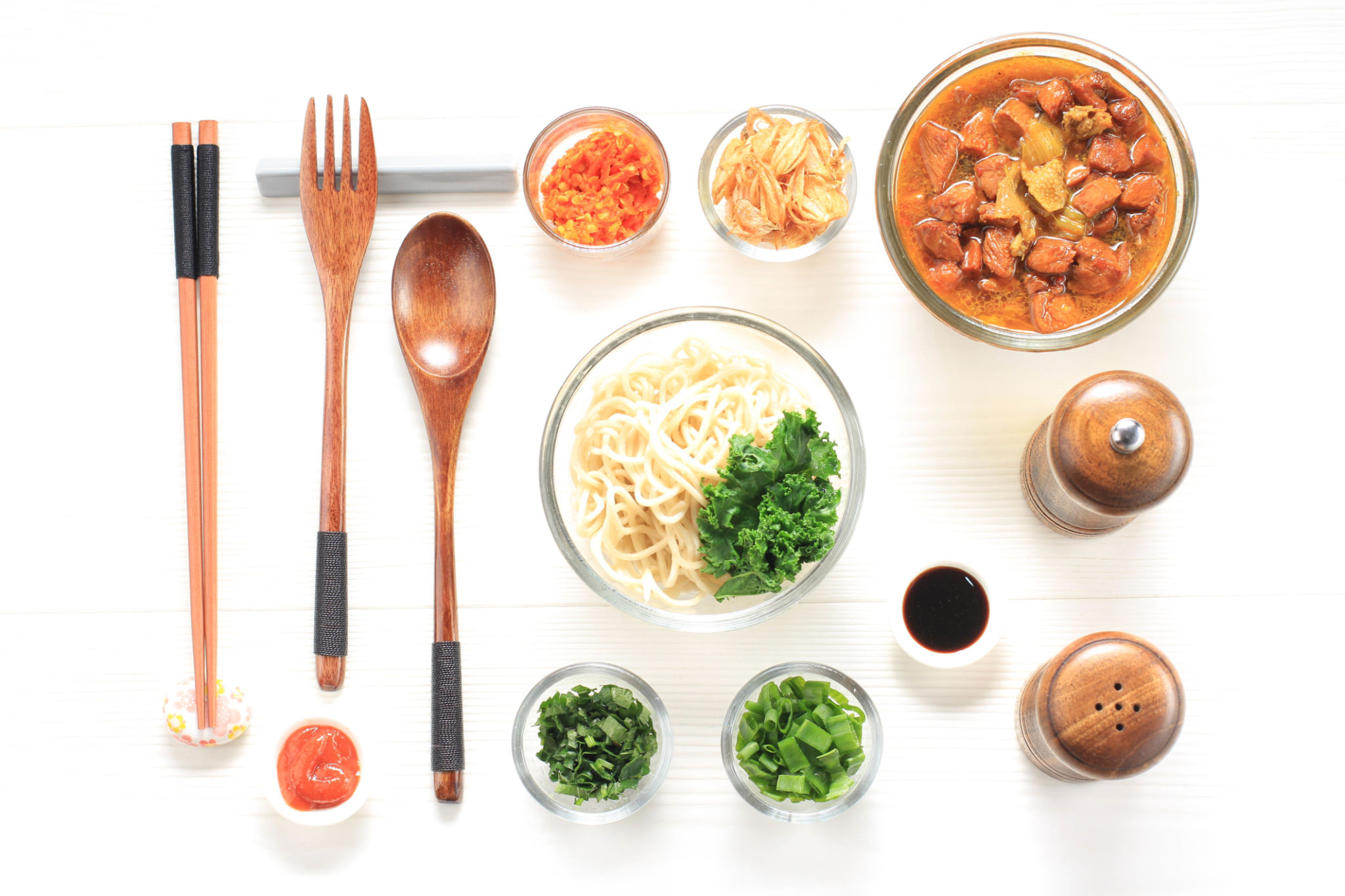Mastering Homemade Pasta: A Comprehensive Guide for Beginners
Mastering Homemade Pasta: A Comprehensive Guide for Beginners
Homemade pasta is a culinary art that combines simplicity with a touch of sophistication. Whether you are a food enthusiast or a beginner eager to explore the wonders of Italian cuisine, learning to make homemade pasta from scratch is a rewarding and delicious endeavor. This guide will walk you through the essentials of pasta making, offering tips and techniques to ensure your pasta turns out perfect every time.
Why Make Pasta at Home?
Making pasta at home allows you to control the ingredients, ensuring a fresh and flavorful result. Store-bought pasta often lacks the texture and taste that freshly made pasta provides. Additionally, crafting pasta from scratch is a fun and engaging activity, perfect for family gatherings or a solo culinary adventure.

Ingredients You’ll Need
The beauty of homemade pasta lies in its simplicity. At its core, you only need two ingredients:
- Flour: All-purpose flour works well, but for a more authentic texture, use semolina or 00 flour.
- Eggs: Fresh eggs are essential for binding the dough and adding richness.
Optional ingredients include olive oil for added elasticity and salt for flavor.
Step-by-Step Guide to Making Pasta
Step 1: Preparing the Dough
Start by creating a mound of flour on a clean surface. Make a well in the center and crack the eggs into it. Using a fork, beat the eggs gradually incorporating the flour from the edges. Once the mixture becomes dough-like, knead it with your hands for about 10 minutes until smooth and elastic.

Step 2: Resting the Dough
Wrap the dough in plastic wrap and let it rest for at least 30 minutes. This allows the gluten to relax, making the dough easier to roll out.
Step 3: Rolling Out the Dough
Divide the dough into smaller portions. Using a rolling pin or a pasta machine, roll out each portion to your desired thickness. For most pasta types, a thin, even sheet is ideal.
Step 4: Cutting the Pasta
Decide on the type of pasta you want to make. For fettuccine, cut the dough into strips. For ravioli, use a cutter to create shapes and fill them with your choice of filling. Ensure the edges are sealed to prevent filling from spilling out during cooking.

Cooking and Serving Your Pasta
Fresh pasta cooks quickly, usually within 2–3 minutes in boiling salted water. Taste test for doneness and drain promptly. Pair your homemade pasta with a sauce that complements its flavor, such as a classic marinara, creamy Alfredo, or a simple olive oil and garlic blend.
Tips for Perfect Pasta
- Keep your workspace floured to prevent sticking.
- Experiment with different types of flour for unique textures.
- Don’t over-knead the dough, as it can become tough.
Common Questions About Homemade Pasta
Can I make pasta without eggs?
Yes, you can make eggless pasta by using water and flour. This is a common method for vegan pasta.
How do I store homemade pasta?
Fresh pasta can be stored in an airtight container in the refrigerator for up to two days or frozen for longer storage.
Conclusion
Mastering homemade pasta is a delightful skill that brings joy to your kitchen and dining table. With practice, you’ll discover the nuances of pasta making and develop your unique techniques. Start your pasta-making journey today and savor the satisfaction of creating something truly special from scratch.